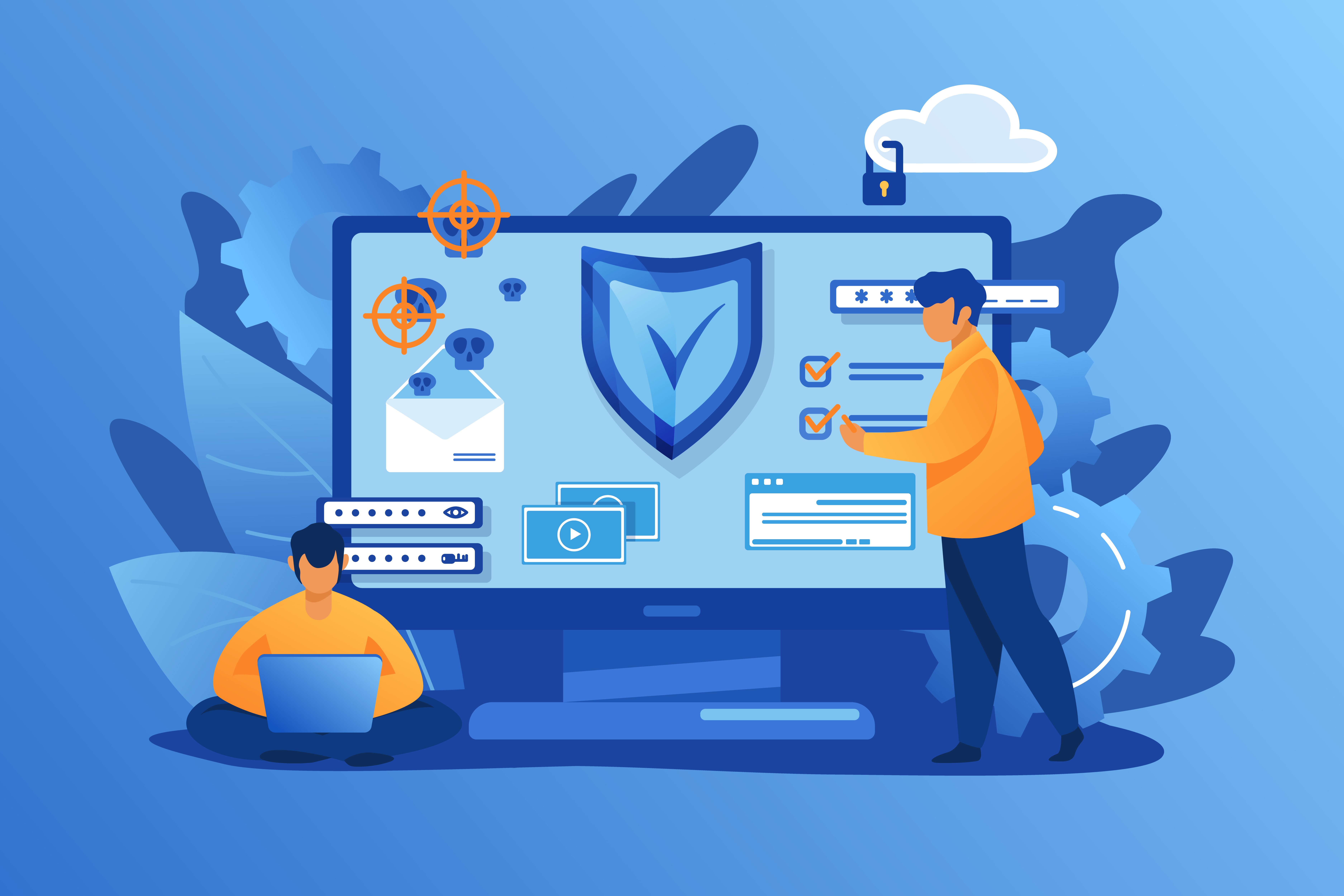Zero Trust: Key Trends Shaping the Future of Cybersecurity
 Jackson Mark
Jackson Mark
The Zero Trust framework is gaining traction as the go-to approach for modern cybersecurity. It flips the traditional mindset on its head by assuming that no one—inside or outside the network—is inherently trustworthy. As threats evolve, so do the strategies for defending against them. Let’s take a look at the latest trends in Zero Trust that are driving its adoption and shaping the future of security.
1. The Perimeter is Dead
Gone are the days of focusing solely on securing the network perimeter. With remote work, cloud computing, and mobile access, the lines between inside and outside the network have blurred. Zero Trust shifts the focus away from perimeter defenses and instead verifies every user, device, and connection, regardless of their location. This approach is becoming the standard as businesses recognize that threats can come from anywhere—not just the outside.
2. Identity is the New Frontline
Identity management is at the heart of Zero Trust, and it’s becoming the new frontline of defense. Verifying a user’s identity before allowing access to any resources is crucial, and methods like Multi-Factor Authentication (MFA) and Single Sign-On (SSO) are key enablers. Businesses are increasingly shifting to identity-first security models, where the individual’s credentials and behavior are constantly monitored and authenticated. This emphasis on identity is one of the core trends driving Zero Trust adoption.
3. Micro-Segmentation Takes Control
In the traditional security model, network segmentation was the norm—but it often wasn’t enough to stop threats from moving across a network. Zero Trust introduces micro-segmentation, which allows networks to be divided into smaller, isolated segments with their own security rules. Users must be verified each time they access a different segment, limiting lateral movement if an attacker gains a foothold. This trend significantly reduces the impact of a breach, as threats are confined to a single area instead of spreading freely.
4. AI and Automation Supercharge Zero Trust
Automation and AI are making Zero Trust more efficient. With machine learning, organizations can detect abnormal behavior and potential threats faster than ever before. AI-driven security tools can automatically adjust security policies in real-time based on observed behaviors, eliminating the need for constant human oversight. This combination of AI and automation allows Zero Trust policies to evolve dynamically, responding to risks as they arise.
5. Stronger Focus on Endpoint Security
Endpoints—like laptops, phones, and other devices—are often the entry point for cyberattacks. As Zero Trust gains popularity, securing these devices is becoming a top priority. Endpoint Detection and Response (EDR) tools are being widely adopted to monitor device activity and shut down suspicious behavior before it can spread. In a Zero Trust model, ensuring that every endpoint is verified and protected is crucial, especially with so many employees working remotely.
6. Cloud and SaaS Integration
As businesses move more of their operations to the cloud, Zero Trust is being integrated into cloud environments and SaaS applications. Securing interactions between users, data, and apps in the cloud requires a new approach—one that doesn’t assume any connection is safe. Zero Trust offers this flexibility, ensuring that cloud assets are secure no matter where they’re accessed from. As companies increasingly rely on cloud services, this trend will only become more prominent.
7. Compliance is Driving Adoption
Cybersecurity regulations are becoming stricter, with laws like CJIS, GDPR and CCPA mandating stronger data protection and privacy controls. Zero Trust helps organizations meet these compliance requirements by enforcing strict access controls, continuous monitoring, and robust authentication. As regulatory pressure increases, many companies are turning to Zero Trust to stay ahead of compliance mandates and safeguard their data.
8. Simplification Through Vendor Consolidation
One of the challenges with implementing Zero Trust is managing multiple security tools and vendors. However, the trend toward vendor consolidation is simplifying the process. Companies are looking for all-in-one solutions that offer a wide range of Zero Trust capabilities—like identity management, threat detection, and access controls—under one umbrella. This trend is making it easier for businesses to adopt Zero Trust without the hassle of juggling various vendors.
The Bottom Line
Zero Trust isn’t just a trend—it’s transforming the way organizations approach security. With the rise of AI, automation, micro-segmentation, and cloud integration, Zero Trust is becoming more practical and powerful. The move toward identity-centric security, combined with stricter compliance requirements, makes Zero Trust an essential framework for businesses looking to stay ahead of cyber threats.
As threats continue to evolve, the future of security is rooted in Zero Trust principles: verify everyone, secure everything, and never assume trust.
Subscribe to my newsletter
Read articles from Jackson Mark directly inside your inbox. Subscribe to the newsletter, and don't miss out.
Written by

Jackson Mark
Jackson Mark
Hey there! I'm Jackson Mark, tech storyteller. I'm all about making the complex world of technology feel like a breeze. Dive into my blog, where I talk about latest software, tech trends, and share the stories about the Teachnology and digital security. Let's explore the ever-evolving tech landscape together.